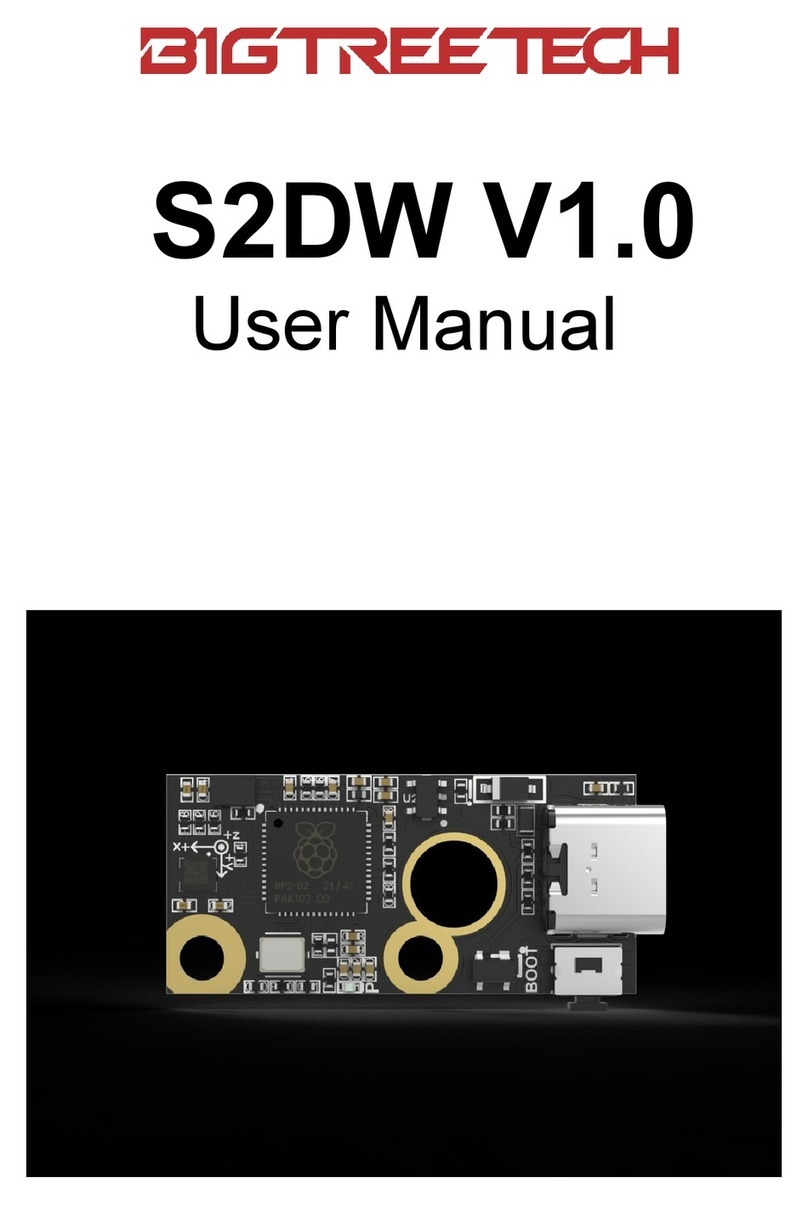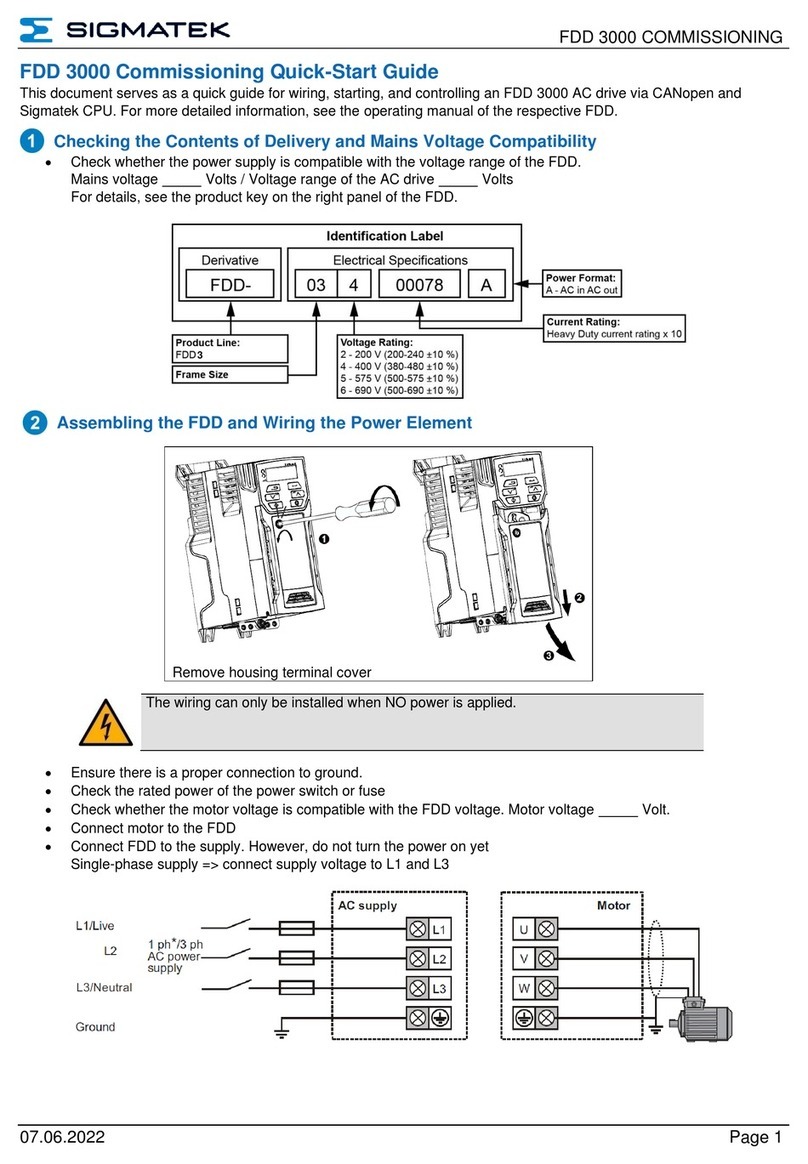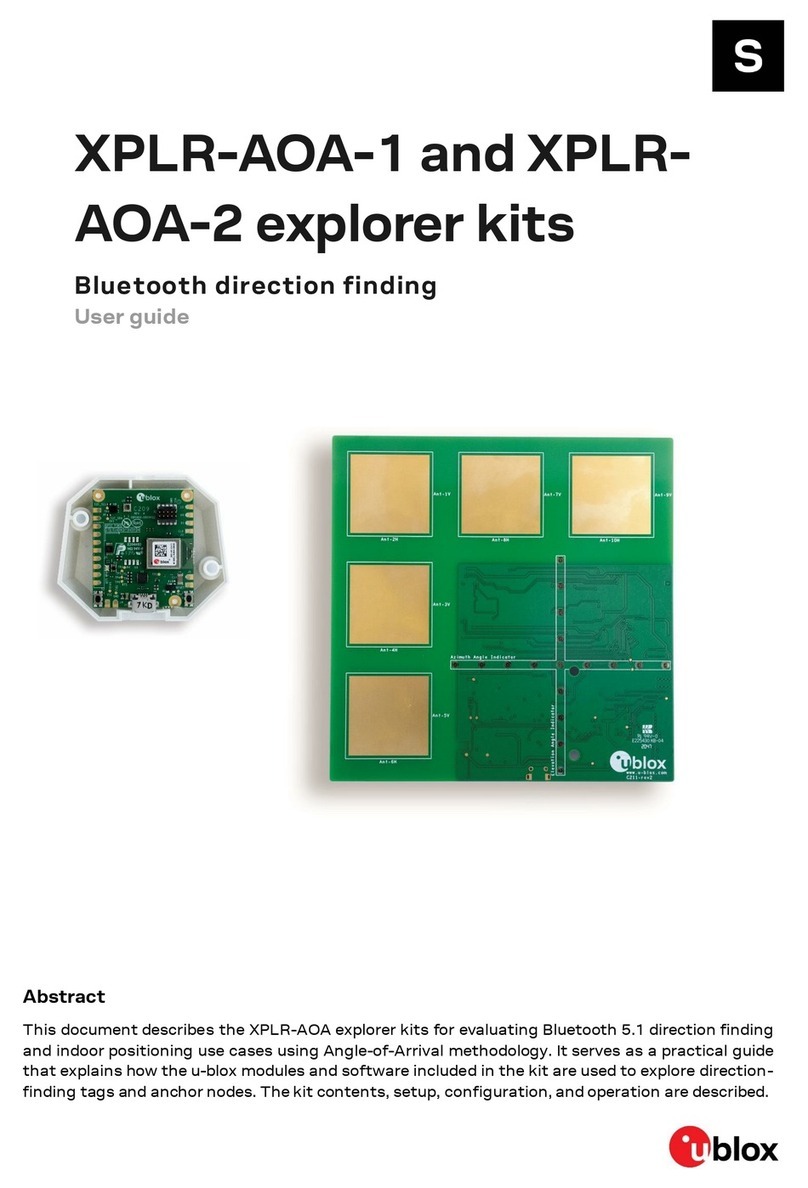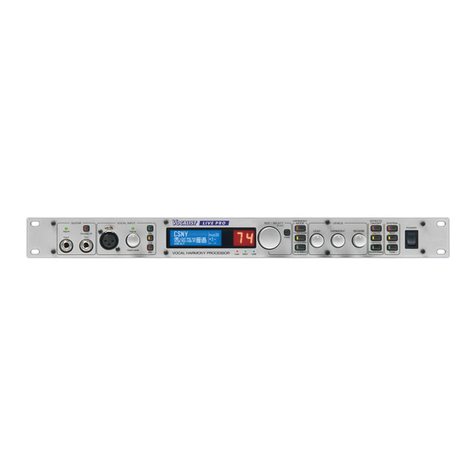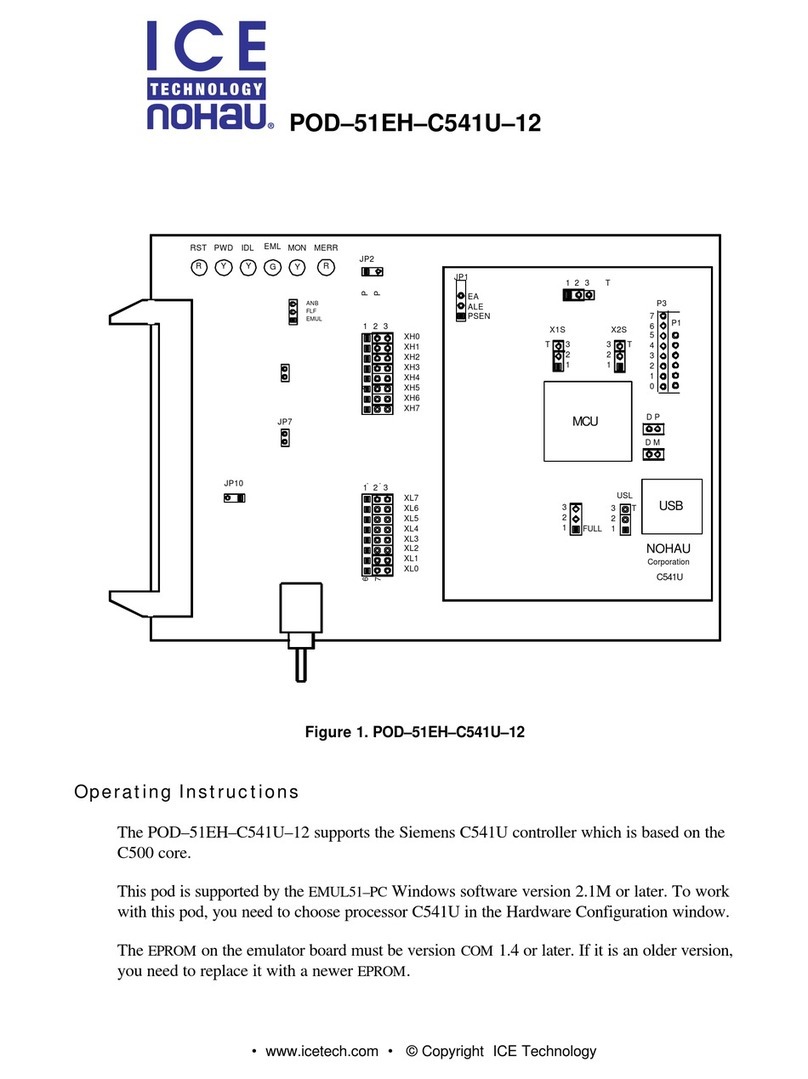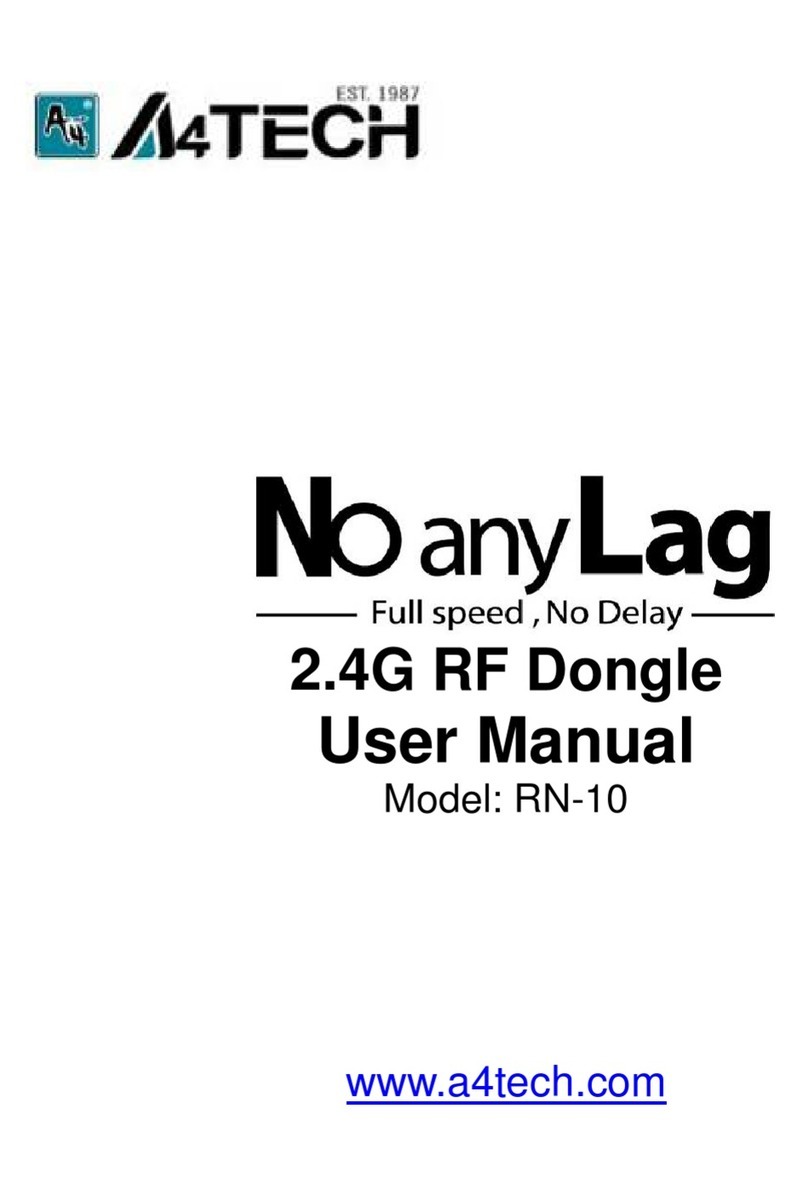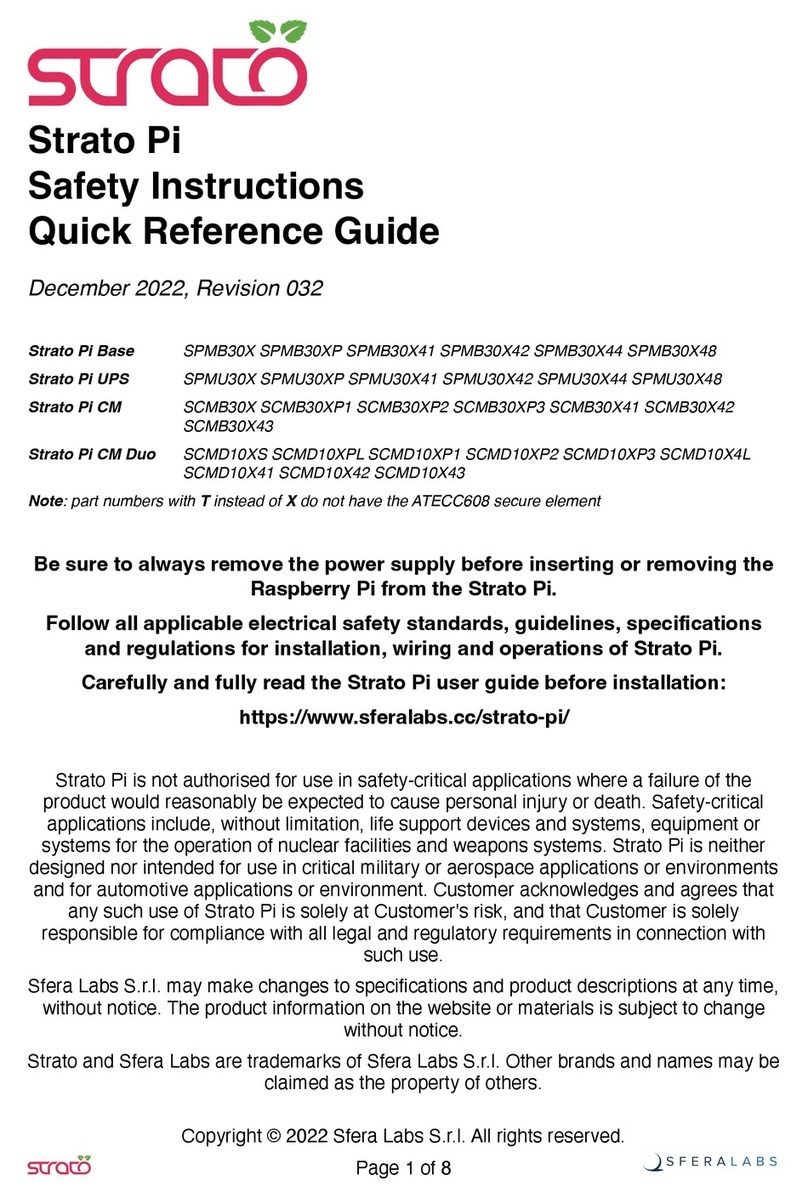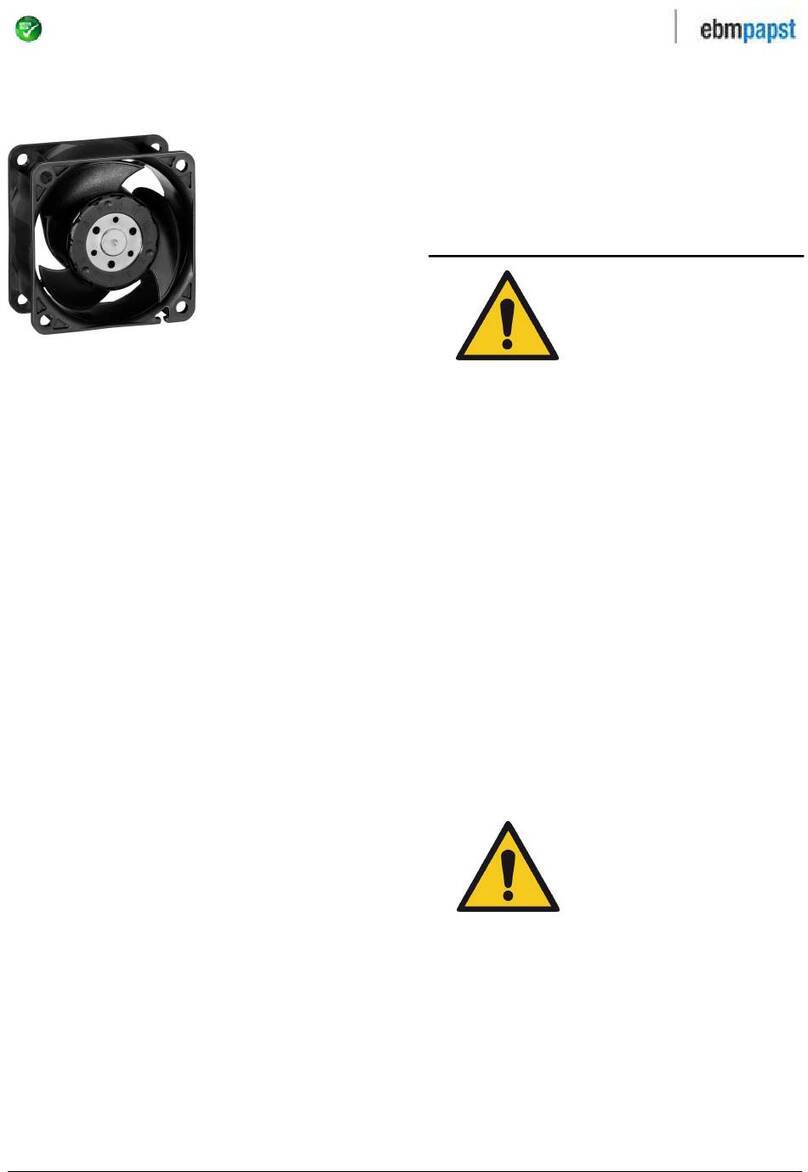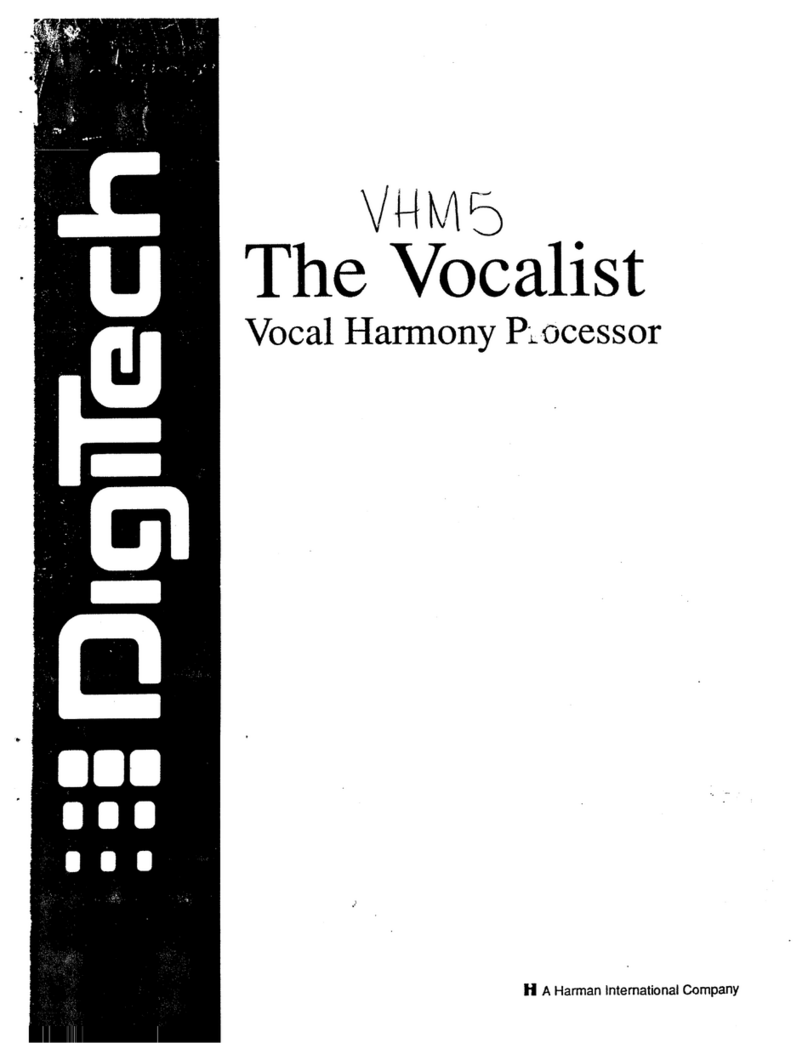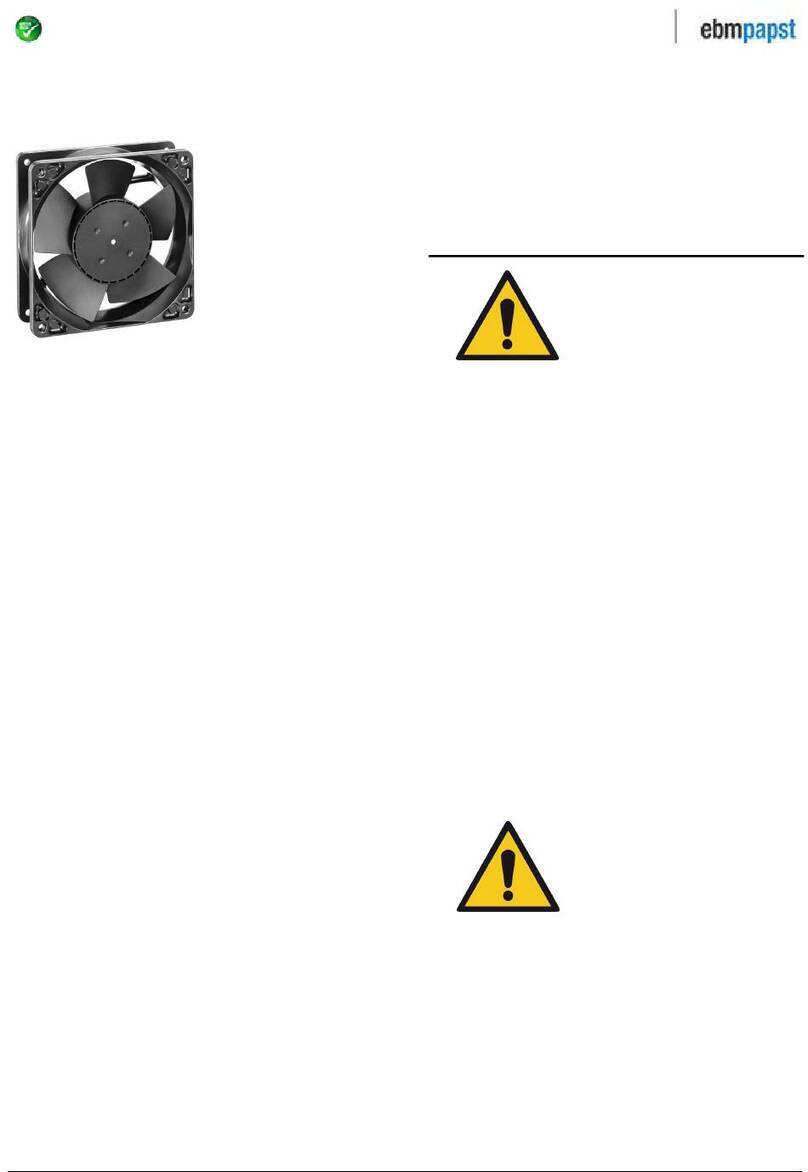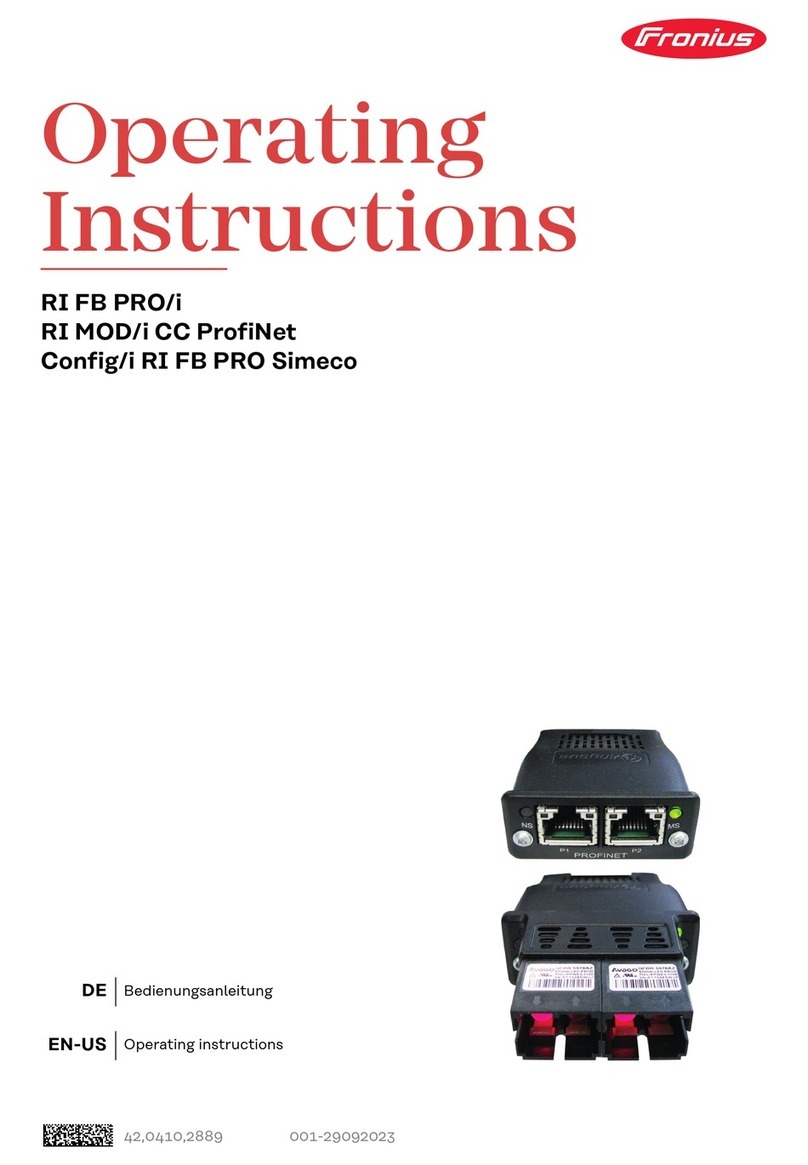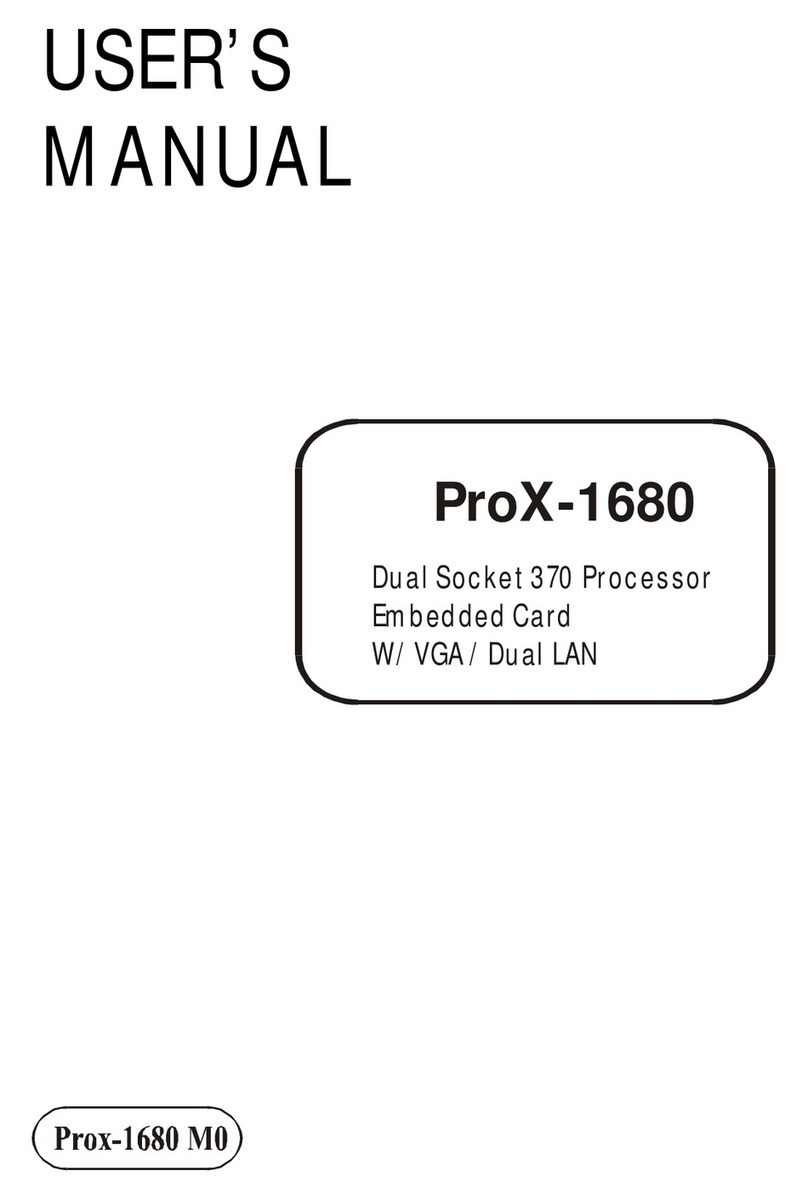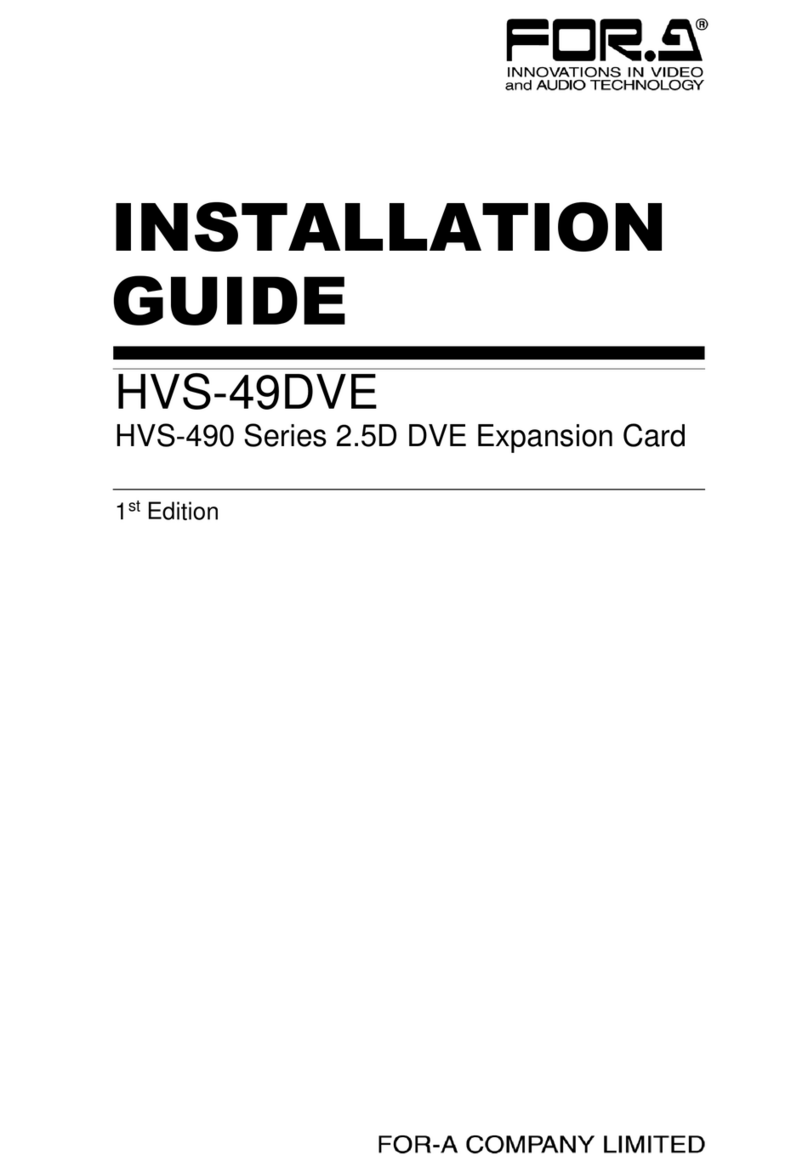InfoStor RAID 6 Manual

Trends in RAID drives, interfaces, controllers
Users and integrators are evaluating RAID 6, SAS-SATA combos, and software-based RAID.
By Dave Simpson
This year marks the 20th anniversary of the publication of the paper that launched the RAID revolution in the
storage industry. It’s rare that a technology development in this industry truly qualifies as revolutionary, but
RAID fits the bill.
Over the years, there haven’t been many radical departures from the fundamental concept of RAID, although
the original RAID configurations- or levels-have mushroomed well beyond the traditional RAID 0, 1, and 5 into
RAID 1E (aka striped mirroring, enhanced mirroring, or hybrid mirroring), 3, 6 (dual-parity RAID), and hybrid
configurations such as RAID 10, 50, 60, and others.
In the context of the popular Serial ATA (SATA) disk drives, RAID 6 has emerged as an important
configuration. This is due in part to the high capacity and perceived reliability drawbacks of SATA drives.
Virtually all RAID controller vendors have implemented RAID 6, albeit in different ways.
Although RAID 6 is typically described as the ability to protect against two simultaneous drive failures, that
description is somewhat fallacious because the likelihood of simultaneous drive failures-even with SATA-is
extremely unlikely. More accurately, RAID 6 protects against the failure of-or an error on-Drive B while failed
Drive A is being rebuilt. And since the higher the capacity of a disk drive, the longer the rebuild time, RAID-6
protection becomes most important in the case of SATA drives, which can store up to 1TB. Furthermore, the
larger the drive, the more potential errors.
Click here to enlarge image
To date, the use of RAID 6 has not been widespread, largely because of the write penalty associated with it. But
most controller manufacturers claim to have minimized the RAID-6 write penalty. For example, Scott Cleland,
director of marketing at AMCC, claims that with AMCC’s controllers there is only a 5% to 7% increase in the
write penalty when you move from RAID 5 to RAID 6, which is attributable to the company’s simultaneous
parity calculations. In contrast, some RAID-6 implementations exact a 20% to 30% penalty on write operations.
However, it should be noted that in many of the applications in which SATA drives are used (e.g., nearline or
secondary storage, disk-based backup, etc.) a write penalty of even 30% may not be a significant drawback.
Cleland estimates that less than 5% of RAID users are taking advantage of RAID 6 today, but that “RAID 6
should become the new RAID 5 once users see the benefits, because you should be able to get virtually the
same performance as RAID 5 with double the data protection.”

Suresh Paniker, director of worldwide marketing at Adaptec, estimates that 20% or fewer of Adaptec’s
SATA customers are taking advantage of RAID 6 today, but that use of RAID 6 will pick up because the
associated write penalty is no longer an issue.
Mix n’ match SAS, SATA
RAID 6 may be important for any disk array populated with SATA drives, but it becomes even more important
as end users and integrators increasingly put SATA drives in SAS enclosures-sometimes mixing the two drive
types-and deploy them in mission-critical applications where drive/array reliability is critical.
The ability to put relatively expensive, high-performance SAS drives in the same enclosure as low-cost, high-
capacity SATA drives is often touted as the key advantage of SAS. However, just because you can intermix
drive types doesn’t mean you should.
Users and systems/storage integrators experienced a number of problems when they were trying to intermix the
two drives types in early implementations of SAS subsystems. Some of those problems were related to
vibrations from high-speed 15,000rpm SAS drives causing errors on, or failures of, 7,200rpm SATA drives, as
well as performance degradation on the SATA drives.
Controller and subsystem vendors are addressing those issues with recommendations regarding how users and
integrators should arrange the drives (for example, putting drive types in their own vertical columns). Another
recommendation from some vendors is to put each drive type behind a different controller.
“We recommend putting drive types in their own columns,” says Jerry Hoetger, director of product
management, RAID, at Xyratex. “Our analysis found that you can’t stack unlike devices because the differences
in vibration characteristics between 15,000rpm SAS drives and 7,200rpm SATA drives can cause performance
problems in a RAID scenario.” In fact, in internal testing, Xyratex discovered an 80% performance degradation
in a SATA drive that was positioned between two SAS drives.
However, Hoetger says that, assuming you follow vendors’ configuration guidelines, you shouldn’t have any
problems mixing SAS and SATA drives in the same enclosure. He estimates that 20% to 40% of Xyratex’s SAS
subsystems are configured with mixed drive types.
“Very few users are mixing drive types in the same enclosure, but that’s largely because most users aren’t using
SAS drives yet,” says Alan Johnson, director of marketing at Infortrend. “It’s much more common for users to
run mission-critical applications on a RAID array with SAS drives, and attach it to JBOD arrays with SATA
drives for applications such as virtual tape backup.”
Infortrend allows intermixing SAS and SATA drives with its controllers and enclosures as long as the drive
types are arranged in different vertical columns.
Adaptec’s Paniker notes that intermixing drive types in the same enclosure is very rare today, but that
the practice will ramp up as SAS drives become less expensive. (In the channel, SAS drives can be 3x to
5x more expensive than SATA drives.)
But intermixing drive types is not without controversy, and some vendors are vehemently against it. “You
should not mix SAS and SATA drives in the same enclosure,” states AMCC’s Cleland. “Some RAID vendors
are doing an injustice to SAS by selling SAS as a SATA controller and trying to push so-called ‘unified
storage.’ There aren’t many applications that will benefit from mixing SAS and SATA drives in the same
enclosure.” Clelend says that virtually none of AMCC’s controllers are configured with SAS and SATA drives.
“Right now, we won’t allow both drive types to be in the same array,” he notes.

Click here to enlarge image
Luca Bert, director of architecture and strategy for DAS storage at LSI, says, “You should not mix SAS and
SATA in the same logical drive, or virtual disk. You need to create separate virtual disks.” He also recommends
keeping the different drive types as physically separate as possible-ideally in different enclosures-to avoid the
rotational vibration problems.
“Mixing SAS and SATA drives is definitely the wave of the future, and we haven’t run into any problems, but
we do encourage users to put the different drive types in different enclosures,” says Mike Joyce, senior director
of marketing at Promise Technology.
Controller and subsystem vendors are also addressing the RAID reliability issue with software that increases
reliability by proactively scanning and monitoring disks, and detecting-and potentially fixing-errors before they
occur. Xyratex, for example, uses a “predictive drive cloning” feature that clones a drive that may have errors
on it.
Despite the controversy and caveats associated with mixing drive types in the same enclosure, clear-cut benefits
exist. Mixing SAS and SATA drives enables in-the-box tiered storage where users can put frequently accessed
data on high-speed SAS drives and infrequently accessed data on lower-cost, lower- performance SATA drives.
Although this may require manual migration of data in some instances, a variety of vendors have software that
automates the migration of data between different drive tiers based on administrator-defined policies according
to, say, access frequency or by file/ data types. However, intermixing SAS and SATA drives in the same
enclosure is still rare among end users. But certain vertical markets have more of a need to intermix drive types,
and adoption of the practice in those markets is picking up. One example is the entertainment market and
applications such as collaborative, real-time editing of graphics, animation, and special effects, which can
require a combination of high-speed disk access and very high capacities for storing inactive files or data.
In these markets, some vendors are going beyond two-tier schemes (e.g., SAS and SATA drives) into three-tier
configurations. For example, at last month’s Siggraph show, Apace Systems introduced its fxStor RAID-5 disk
arrays, which allow users to mix 15,000rpm SAS drives, 7,200rpm SATA drives, and very high-speed solid-
state disks, or SSDs. (Specifically, fxStor arrays include 32GB of DRAM configured as SSDs, or RAM disks.)
A combination of firmware and software manages migration of data among the three tiers.
Apace’s fxStor NAS arrays come with Gigabit Ethernet interfaces that can be upgraded to 10Gbps Ethernet via
cards from vendors such as Chelsio. Two pre-configured models, both of which are based on enclosures from
AIC, are available:
•The 3U FX3000-3U6T (based on AIC’s RSC-3E chassis) includes four 147GB SAS drives (588 GB
total capacity), 12 500GB SATA drives (6TB), 32GB of RAM, two dual-core 64-bit CPUs, and four
Gigabit Ethernet ports in a RAID-5 configuration.
•The 4U FX3000-4U8T (based on AIC’s RSC-4E enclosure) includes eight 147GB SAS drives (1.2TB),
16 500GB SATA drives (8TB), 32GB of RAM, two dual-core Opteron CPUs, and six Gigabit Ethernet
ports in a RAID-5 configuration.
Software-based RAID

At the lower end of the RAID market (at least for now), one intriguing trend is a newfound interest in software-
based RAID. Software RAID isn’t new, but has until recently been plagued by high consumption of host CPU
cycles and performance drawbacks. However, the advent of multi-core processors has fueled renewed interest in
software-based RAID.
Ciprico, which purchased RAID stack vendor RAIDcore, is a particularly vocal proponent of software-based
RAID.
“The main driver behind software-based RAID is multi-core CPUs,” says Andy Mills, Ciprico’s senior vice
president of marketing and development. “System performance is so high now that you can easily do software
RAID without negatively impacting applications.” Software-based RAID takes advantage of under-utilized
CPU cycles rather than relying on dedicated RAID hardware.
Ciprico sells software RAID that only requires one of the company’s I/O cards, as opposed to a dedicated
hardware RAID controller. Ciprico admits that software RAID takes up more CPU cycles (anywhere from 5%
to 30%, according to company officials) than hardware RAID, and hardware RAID generally provides higher
performance. However, Ciprico claims that in some internal tests they have demonstrated higher performance
than hardware RAID, particularly with I/O loads of very small file sizes.
Other vendors argue that software-based RAID is only for low-end platforms and applications. “Software RAID
doesn’t make any sense beyond performance workstations or perhaps entry-level servers,” says Promise
Technology’s Joyce. (Promise offers software-based RAID as well as hardware RAID controllers and
subsystems.)
Regardless of whether you use RAID 5 or RAID 6, intermix SATA and SAS drives, or opt for software- or
hardware-based RAID, SAS itself may be the hottest trend in the RAID market, with SAS drive shipments
exceeding early predictions. For example, International Data Corp. (IDC) predicts SAS will account for 15.7%
of all enterprise (e.g., non-desktop) disk drive shipments this year, rising to 23.2% next year and 25.9% in 2009
(see figure on p. 18).
Click here to enlarge image
Estimates from Gartner Dataquest are even more optimistic for SAS. For example, Gartner predicts that SAS
drives will account for 16.4% of all multi-user drive shipments this year, 41.2 % next year, and 44.9% in 2009
(see figure on p. 21).

In an InfoStor QuickVote reader poll (which included end users, VARs, and integrators), 35% said that Fibre
Channel will account for the majority of their enterprise drive purchases over the next year, followed by SATA
(32%) and SAS (29%). Only 4% cited parallel SCSI (see figure).
Although there was a slowdown this summer in terms of SAS-specific product introductions, the pace is picking
up again, and there are expected to be dozens of SAS-related product announcements at next month’s Storage
Networking World (SNW) conference in Dallas.
For example, Atto Technology is expected to begin shipments next month of two new SAS host bus adapters
(HBAs) in its ExpressSAS line of adapters. Targeted at high-performance applications, the ExpressSAS H380
and H308 are based on Intel’s IOC340 I/O processor and XScale technology, and x8 PCI Express technology.
The H380 has two external x4 MiniSAS SFF8088 connectors, while the H308 has two internal x4 MiniSAS
SFF8087 connectors supporting up to 256 devices via SAS expanders. The adapters support both SAS and
SATA drives.
This month, Arena Maxtronic rolled out two SAS-SATA subsystems. The JanusRAID2 SS-6651E features an
AMCC PPC440SP CPU, dual 4Gbps Fibre Channel host interfaces, 16 SAS or SATA drive bays, 512MB to
2GB of cache memory, support for all RAID levels (including RAID 6), and support for up to three JBOD
expansion units. The JanusRAID2 SS-6652E has dual x4 SAS host channels.
Also this month, Promise Technology introduced the VTE610fD and VTE610sD RAID subsystems, as well as
the VTJ610sD expansion chassis. The VTE610fD has a Fibre Channel host interface, and the VTE610sD has a
SAS host interface. Both 3U, 16-drive sub- systems support SAS or SATA disk drives and are part of Promise’s
E-Class arrays. Features include support for all RAID levels (including RAID 6), 512MB to 2GB of cache
memory, dual controllers, and support for up to four expansion units or 80TB of capacity.
Dynamic Network Factory introduced the SASmaster 12sz, 16sz, and 16sz-HA (high availability via redundant
controllers) disk arrays this month. The subsystems have 12 or 16 SAS or SATA drives (including 1TB SATA
drives), support for RAID 6, and support for up to three expansion arrays for capacities ranging from 1TB to
64TB. Pricing ranges from $10,000 to $41,000, with expansion arrays starting at $8,000.
Last month, AIC’s Xtore unit began production shipments of three SAS- SATA drive canisters. The XC-23D1-
SA10-0-R supports three 3.5-inch drives (up to 2.2TB) and bandwidth up to 900MBps. The entry-level XC-
34D1-SA10-0-R and higher-end XC-34D1-SA1C-0-R support four 3.5-inch SAS/ SATA drives (up to 3TB)
and up to 1.2GBps of bandwidth.
SAS drives are also showing up in the iSCSI market. For example, Qsan last month began shipments of the
P200C and S500C RAID controllers. The P200C is an iSCSI-SAS controller with four Gigabit Ethernet host
ports, an Intel IOP342 processor, 16 SAS/SATA drives, support for up to four JBOD expansion units (with 80
drives and 128TB of capacity), and support for RAID 6. The company claims performance of 120,000 I/Os per
second with 512-byte block sizes, or up to 600MBps throughput.
Qsan’s S500C is a SAS-SAS/SATA RAID controller with an Intel IOP341 CPU, LSI controller, 16 drives, and
two x4 SAS host ports. The company claims throughput performance up to 1GBps.
Enhance Technology’s recently introduced UltraStor RS16 SS is a 3U SAS-to-SAS/SATA subsystem with a
64-bit RAID controller, two SAS host ports and one SAS expansion port, up to 1GB of cache, 16 drive bays,
support for all RAID levels (including RAID 6), and performance up to 800MBps. The RS16 SS can be
configured with 15,000rpm SAS drives and/or 7,200 or 10,000rpm SATA drives.

Vendors Mentioned
Adaptec, AIC, AMCC, Apace Systems, Arena Maxtronic, Atto Technology, Chelsio, Ciprico, Dynamic
Network Factory, Fujitsu, Hewlett-Packard, Hitachi Global Storage Technologies, Infortrend, LSI, NEC,
Promise Technology, Qsan, Seagate Technology, Western Digital, Xyratex
InfoStor September, 2007
Author(s) : Dave Simpson
This manual suits for next models
1
Table of contents
